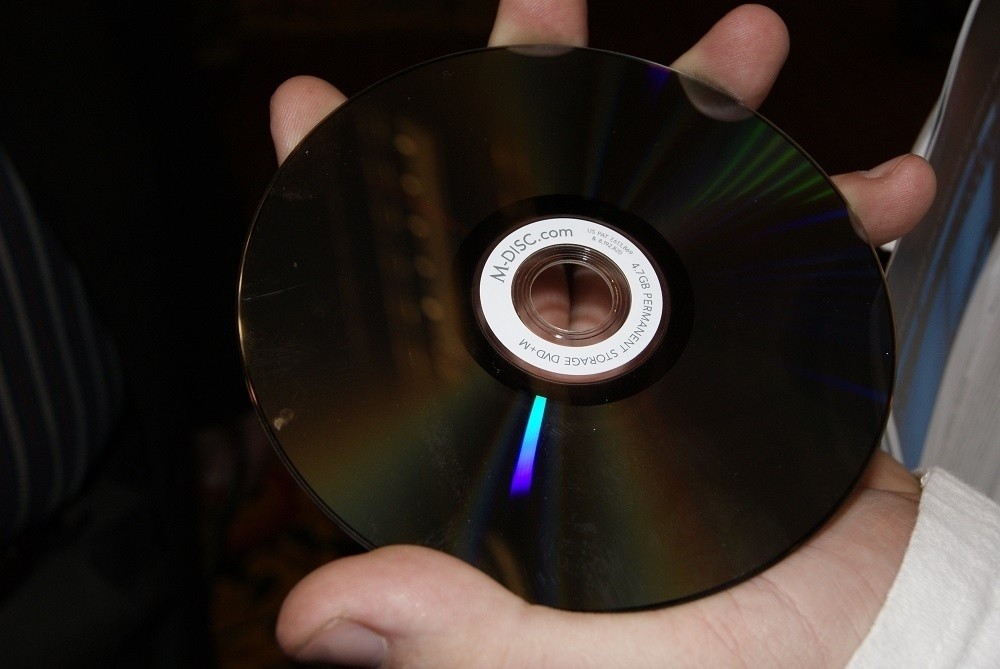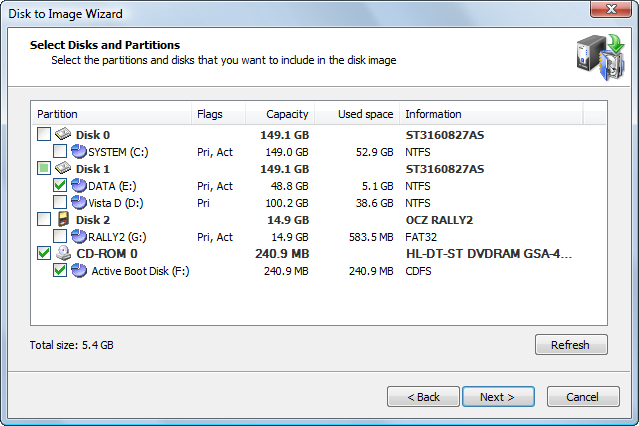

For example, you can read a CD-R disk written in 1991 in a current BD-R drive.
Disk archive full#
Optical media is also designed with full backwards compatibility, meaning future BD-R and ODA drives will be able to read disks written in today’s drives. This allows you to copy using standard utilities and read the files in any other system that has a matching drive and the appropriate drivers. Once a formatted BD-R disk or ODA cartridge is placed in a drive, it appears in the operating system and behaves like any other external drive.
Disk archive iso#
One reason for the popularity of optical media is that it supports ISO 9660, which means it works like any other removable media that you might have used. A 5.5 TB cartridge is $184, or roughly $.03/GB, while BD-R disks are $65 for 25 25-GB disks, roughly $.10/GB. The media itself, though, is about a third the price of BD-R media. The downside is that at $9,000, a single standalone ODA drive is 90 times more expensive than its BD-R counterpart ($100). They are available as standalone drives that support up to 165TN and scale by stacking modules to support 2.9PB.
Disk archive archive#
The Sony Optical Disc Archive (ODA) drive supports capacities up to 5.5 TB and a write speed of 187.5 MB/s (with verify on) and a read speed of 375 MB/s. This creates a virtual disk that is bigger and faster than any individual optical disk. Sony worked around this limitation by putting several optical disks in single cartridge that are written to simultaneously, very similar to the way magnetic disk drives work. One downside to BD-R is that read/write speeds are governed by how quickly you can transfer data to and from a single optical disk. There are two main manufacturers of such libraries: HIT and DISC. BD-R drives are available as internal or external drives, and BD-R libraries are available with one or more drives and dozens-to-hundreds of slots for BD-R media. It also supports random access like a disk drive, so single file retrievals are very quick. The most popular by far is Blu-ray Disc Recordable (BD-R), which can write at 72MB/s and read at 54MB/s. There are two types of optical media in use today. This is why makers of optical media advertise that it can hold onto data for 50 to 100 years. By contrast, the pits and lands on optical drives do not change over time and therefore have a very long shelf life without worry about bit rot. With magnetic storage media-hard drives and tape-the magnetically stored data degrades, causing bit rot, which undermines the accuracy of the data. It is physically impossible to re-burn an already-burned write-once optical disk, leading some to say optical is the only truly immutable storage option, as it cannot be changed even if someone hacked a drive. The pattern of pits and the unburned, reflective areas called lands encode the data being stored. Optical drives use a laser to physically create unreflective spots called pits in an adjacent coating that can be detected by the laser that reads them.

Optical storage systems use optical disks like Blu-Ray that include a layer of reflective material. To explore why, first let’s take a look at the technology. It seems, then, that optical media might dominate archived storage, but it doesn’t. Using recordable optical media such as DVD-R is perfectly suitable for long-term archiving because it is write-once, read-many, meaning it is physically immutable-cannot be changed-so the data on it is tamper-proof. It can reliably hold onto your data for 50-100 years without power or cooling, and without the worry of magnetic degradation. Optical media is the longest lasting medium currently in production.


 0 kommentar(er)
0 kommentar(er)
